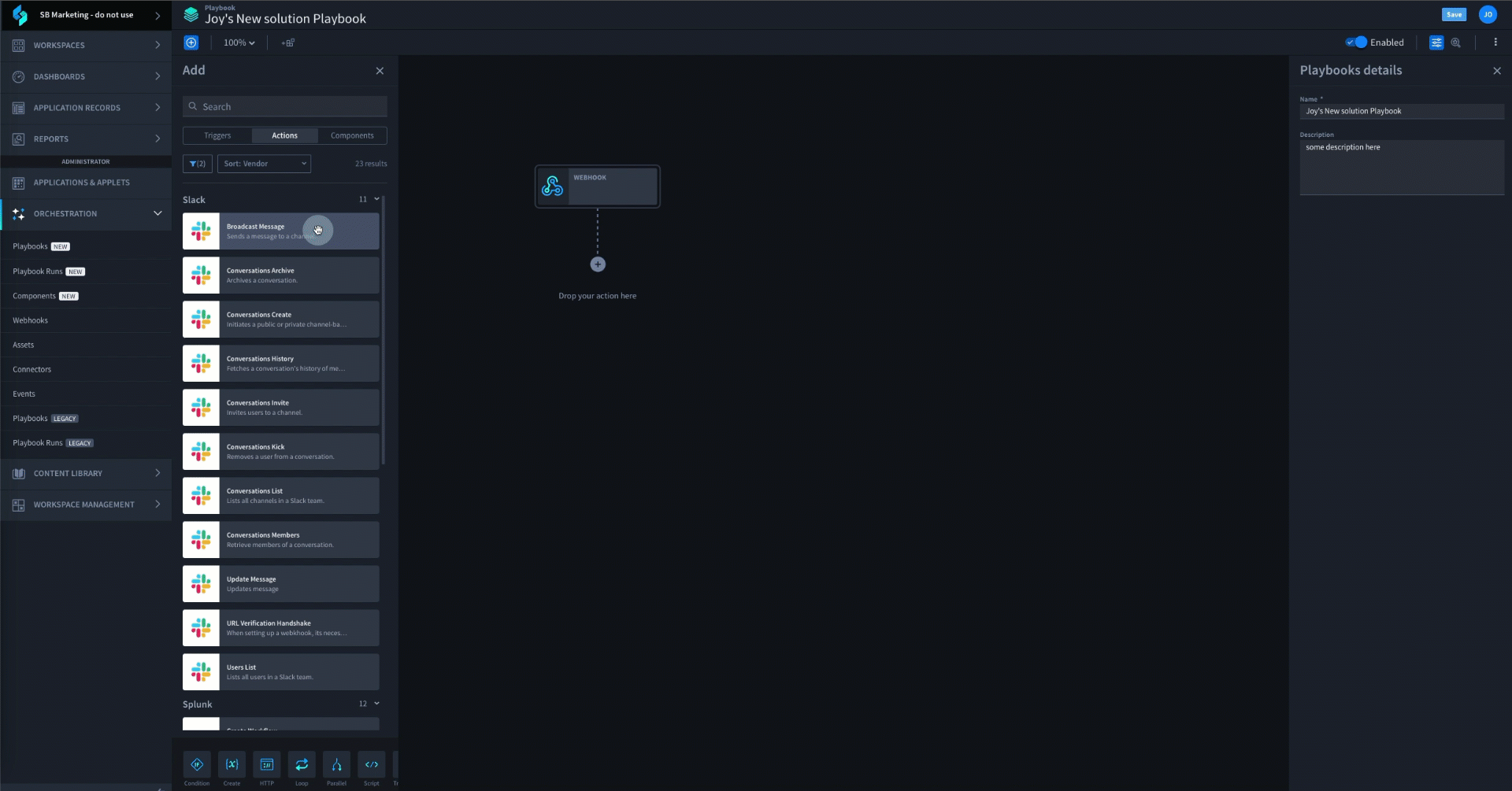A robust and efficient Security Operations Center (SOC) is paramount in today’s ever-evolving cybersecurity landscape. And as cyber threats become more sophisticated daily, organizations’ security operations must adopt proactive measures and continuously evolve to protect both their data and their infrastructure.
This guide outlines the steps and strategies essential for creating a SOC capable of efficiently detecting, responding to, and mitigating diverse cybersecurity attacks and threats. So, let’s get started.
How to Build a Modern SOC:
When it comes to building a modern Security Operations Center, several key elements and steps exist to make a successful modern SOC:
Identify Gaps and Develop Your SOC Strategy
Before diving into the technical aspects of building a modern SOC, you must understand your organization’s unique needs and limitations. You can start by thoroughly assessing your current security landscape and identify the gaps that need to be addressed – consider factors such as budget, resources, and industry regulations. Only then, once you clearly understand your organization’s requirements, can you then start developing an effective SOC strategy.
One helpful tip: Collaborate with key stakeholders, such as the C-suite, IT and executive management, to align overall goals and objectives. By doing so, you can create a strategy that meets your organization’s specific needs and lay a strong foundation for your SOC.
Choose Your Security Solution
Once security operations (SecOps) understand the organization’s specific requirements and develop a strategy, you can choose your solution accordingly. This step involves considering factors such as the size of your organization, the nature of your industry, and the types of cyber attacks or insider threats your business is likely to face. Is it phishing? Malware attacks? Denial-of-Service (DoS) Attacks? Each type of attack may require a different approach, so be careful when deciding on your security solution.
Additionally, it could be useful to look at examples and case studies of other successful SOC designs to gain insight and inspiration as learning from real-world examples helps you understand best practices and avoid common pitfalls. So, look for advice from cybersecurity experts and take the time to research and analyze successful SOC structures to inform your own choices.
Develop Well-Defined Processes, Procedures, & Training Programs
The next step is to develop well-defined processes, procedures, and training programs. These elements are the backbone of an effective SOC, playing a vital role in incident response, threat intelligence, and overall cybersecurity operations.
To develop effective processes and procedures, you must define clear SOC team roles and responsibilities, establish incident handling protocols, and implementing best practices for documentation and reporting. Investing in continuous training for your SOC team is also critical to ensure that all SOC analysts and staff are equipped with the necessary skills and knowledge to investigate and respond to security incidents effectively.
Create an Efficient and Effective Environment
Preparing your environment is the next building block and one key aspect of this preparation is network segmentation. By dividing your network into smaller, isolated segments, you can contain potential breaches and prevent unauthorized access to critical systems. This practice also allows for easier monitoring and control of network traffic within the SOC.
Another vital consideration is implementing robust access controls. By carefully managing user privileges and permissions, you can limit the risk of insider threats and unauthorized access to sensitive information. Additionally, establishing the right infrastructure requirements, such as sufficient bandwidth and storage capacity, is essential to support operations effectively.
Tool Implementation and Integration with Existing Systems
Now, the fifth stage in building and designing a modern SOC is implementing your chosen solution. While a single security platform with end-to-end protection, like Swimlane Turbine, is the most resourceful, it is entirely possible to integrate your solution with your existing one. This may involve integrating with your old SOAR or SIEM platform, incident response tools, or other security technologies. However, if you choose this option, make sure to thoroughly test the integration to ensure seamless communication and data flow between systems.
Closely Monitor the Old Security Framework
During the implementation of your solution, take care to closely monitor the transition from the old security framework to the new one. Conduct thorough testing to identify any gaps or issues. Make sure your IT, NOC and SOC teams work closley together to ensure a smooth migration, or integration, and minimize any disruptions to your organization’s regular operations.
Deploy End-to-End Use Cases
Deploying end-to-end use cases is one of the most crucial steps in building a modern SOC. These use cases allow you to cover various security scenarios and ensure that your SOC is capable of detecting and responding to threats with ease.
From our experience, these are the top 5 use cases to have in your SOC arsenal:
- Threat Hunting: Allows for the proactive searching of cyber threats that are lurking undetected in the network.
- EDR Alert Triage: Useful when manually researching alerts with EDR tools, and executing endpoint actions can be too slow to be effective.
- Phishing Triage: A great first automation use case for many organizations where the threats are in high volumes, are often false positives, generally low-level of sophistication, and are time-sensitive in nature.
- SIEM Triage: Reduces errors and false positives, centralizse alert information, stops breaches faster and mitigates analyst burnout when SIEM tools are overwhelmed.
- And Incident Response, identifying and addressing cyber threats before they cause more significant damage. This can include malware infections, compromised credentials or unauthorized access due to sophisticated ransomware attacks.
However, to continuously optimize your deployed use cases, it’s essential to regularly review and update them based on new threat intelligence and evolving security trends.
Maintain and Evolve Your Modern SOC
Lastly, maintaining and evolving your modern SOC is more important than ever for staying ahead of emerging cyber threats. Continuously improving your organization’s cybersecurity posture requires regular maintenance and tasks that help modernise your SOC. These include:
- Keeping hardware and software up to date with the latest patches and updates to address any vulnerabilities that may arise.
- Implementing a robust vulnerability management program to proactively identify and address potential weaknesses in your SOC infrastructure.
- Regularly assessing and addressing any performance vulnerabilities can strengthen your defense against potential security breaches.
- Continuously monitoring emerging threats, new technologies and AI trends in the cybersecurity landscape.
- Providing ongoing training for SOC personnel to ensure they are equipped with the latest skills and knowledge. This is particularly important due to the ongoing cybersecurity skills shortage.
- Remaining compliant with industry regulations.
Build Your Own Modern SOC with Swimlane Turbine
Remember, cybersecurity is an ongoing process, and a proactive approach to building, maintaining and evolving a modern SOC is key to staying ahead. By following these eight steps, you are well on your way to enhancing your organization’s cybersecurity posture and protecting against emerging threats.
But what pulls all of these steps together and is the key to efficiency is the right solution. Swimlane Turbine is the triple threat of automation, generative artificial intelligence, and low-code that you need to solve the most challenging problems across your entire security organization and inside and outside the SOC.

Request a demo
If you haven’t had the chance to explore Swimlane Turbine yet, request a demo.


